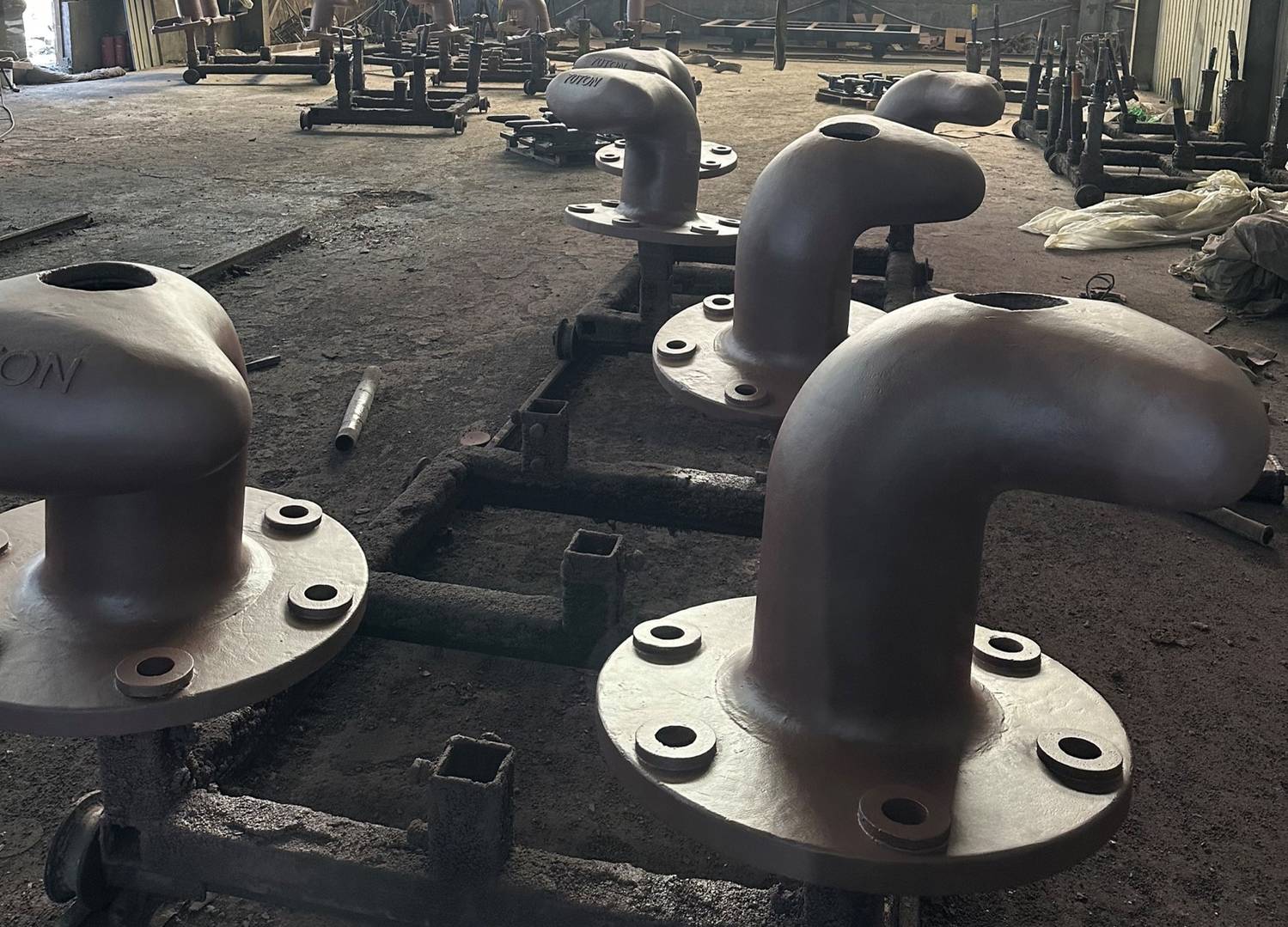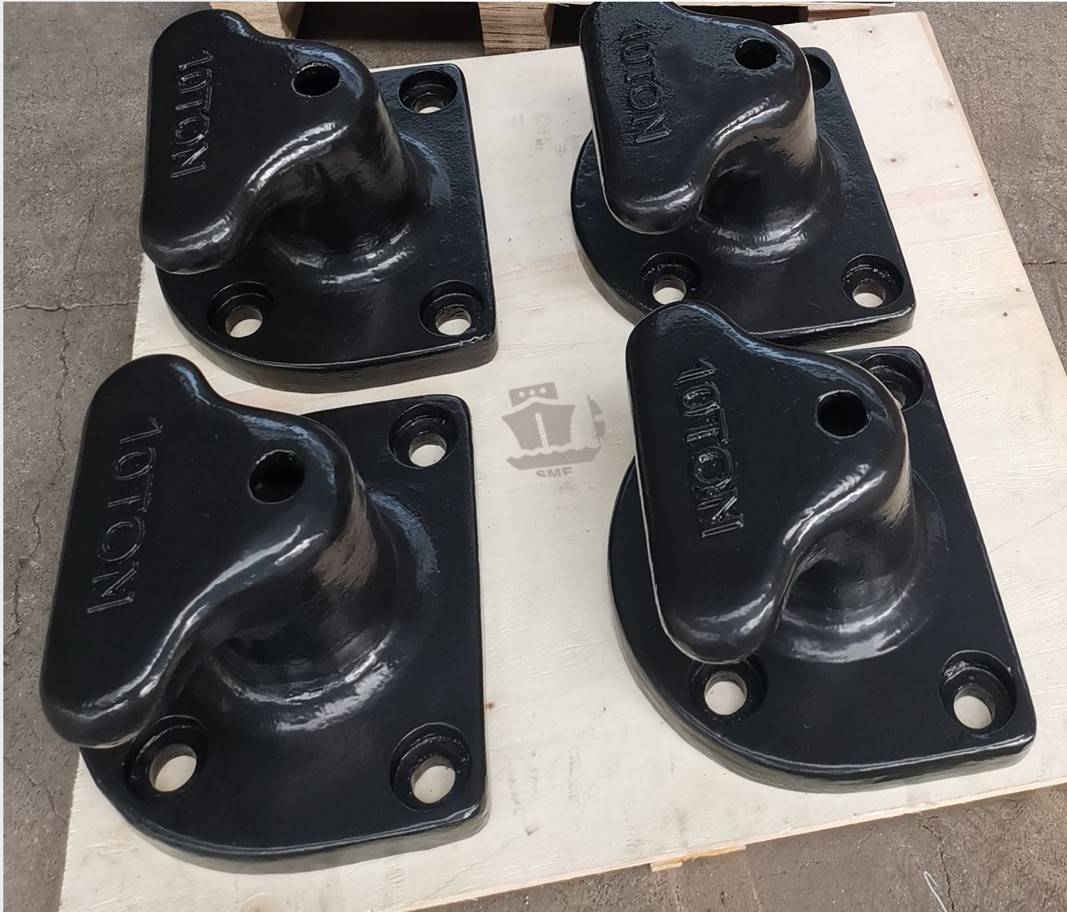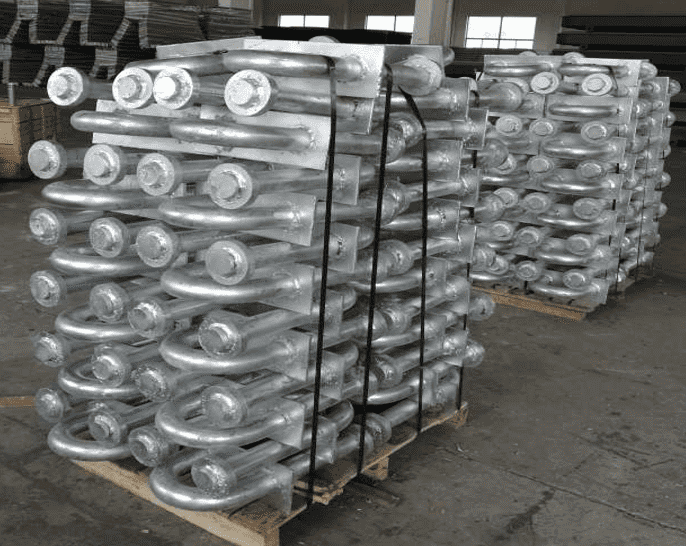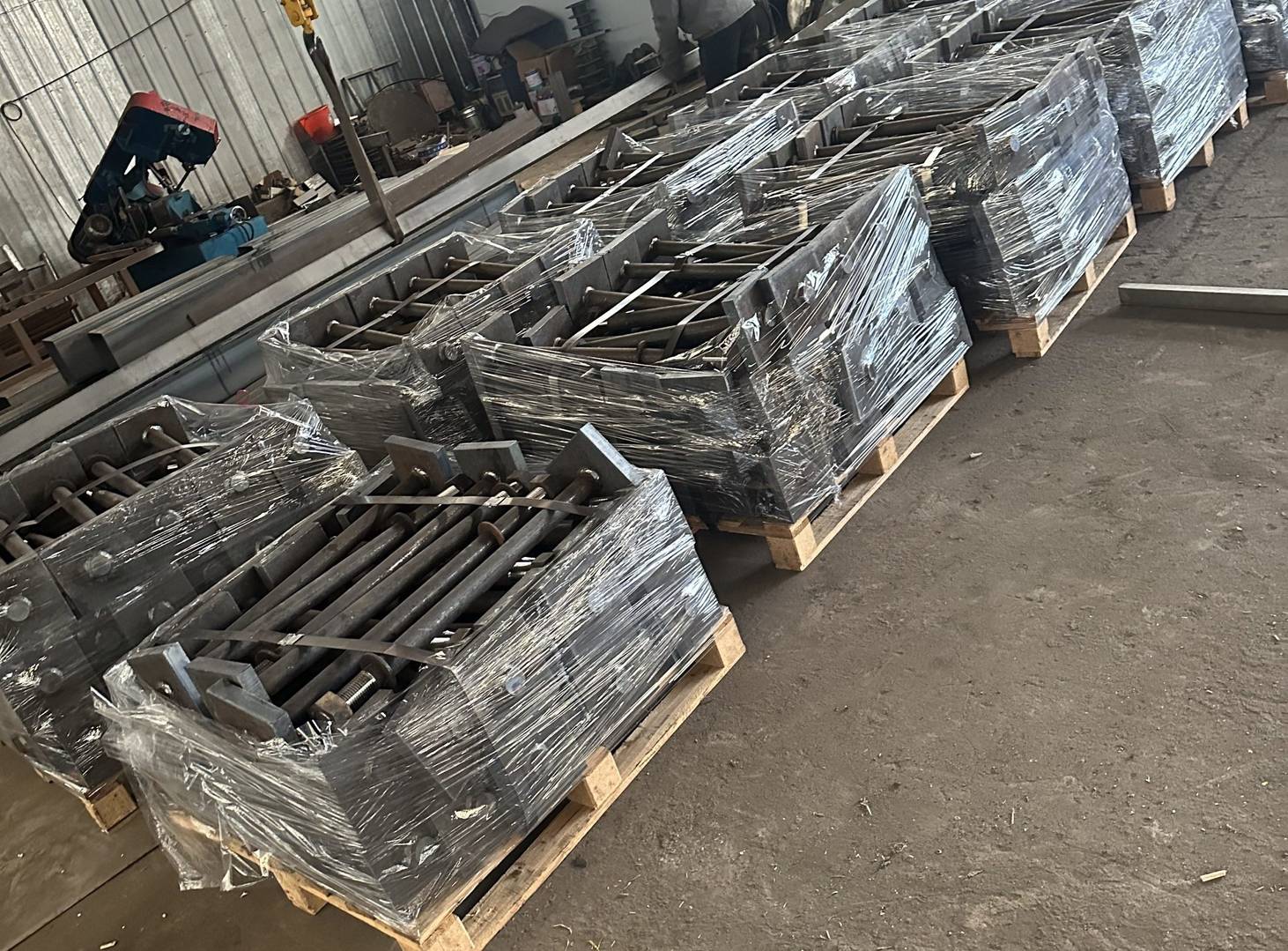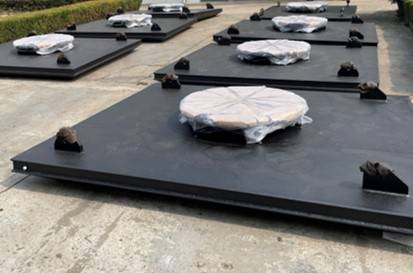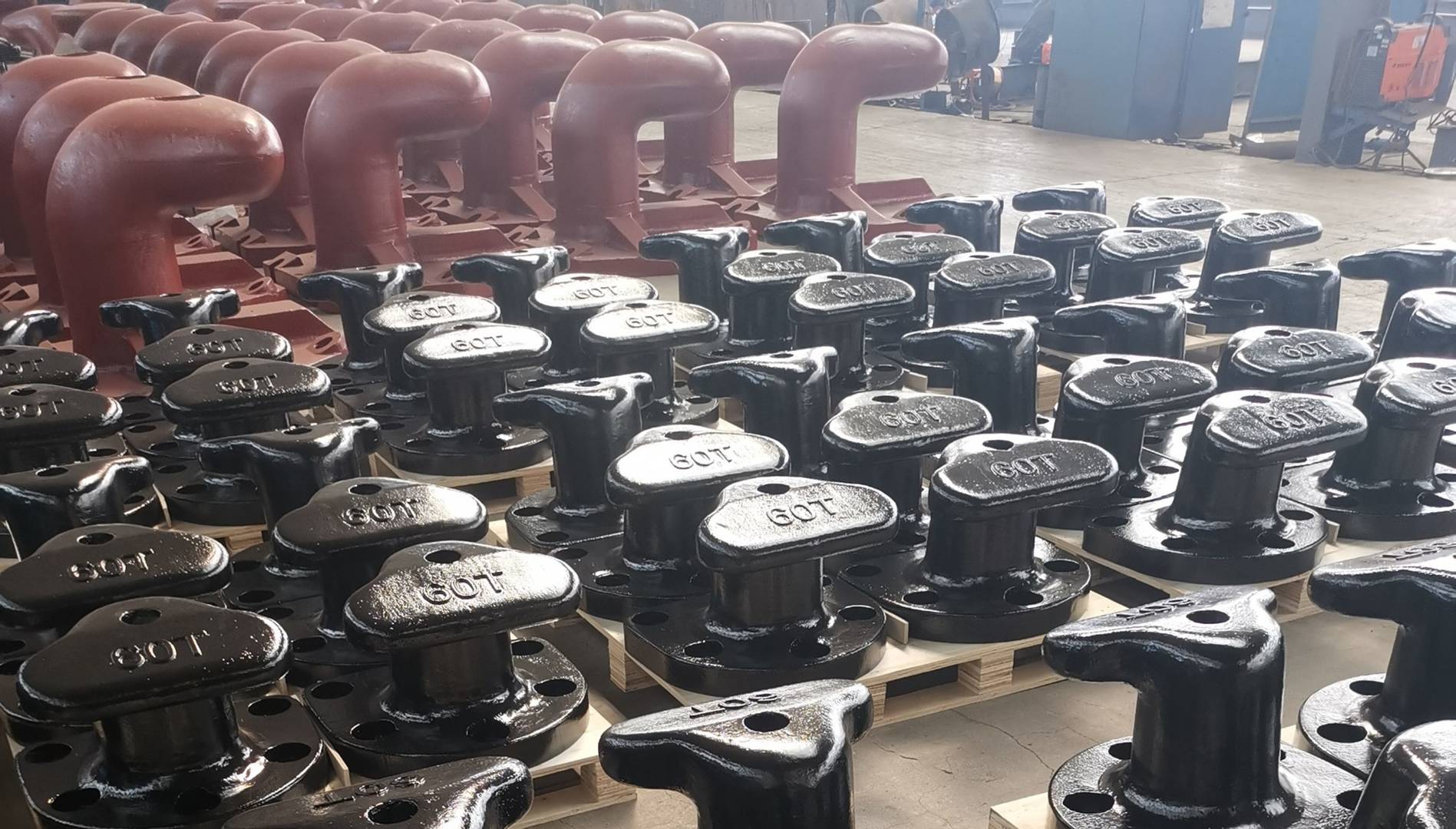
T-Head bollard Types
To cater to the specific requirements of various ports and terminals, the T-Head bollard offers customizable designs. Users can adjust the bollard’s dimensions, materials, load-bearing capacity, and installation location according to their actual conditions, ensuring it fully meets their particular needs. Furthermore, safety factors such as strength, durability, and corrosion resistance can also be optimized as required, further enhancing the reliability and service life of the bollard. This high degree of customizability makes the T -Head bollard a highly sought-after solution in port and terminal facilities.
Semicircular T-Head bollards
The range of T-Head bollards Series specifications we are capable of producing encompasses:
5ton, 10ton, 15ton, 20ton,30ton, 50ton, 75ton, 100ton, 125ton, 150ton, 200ton

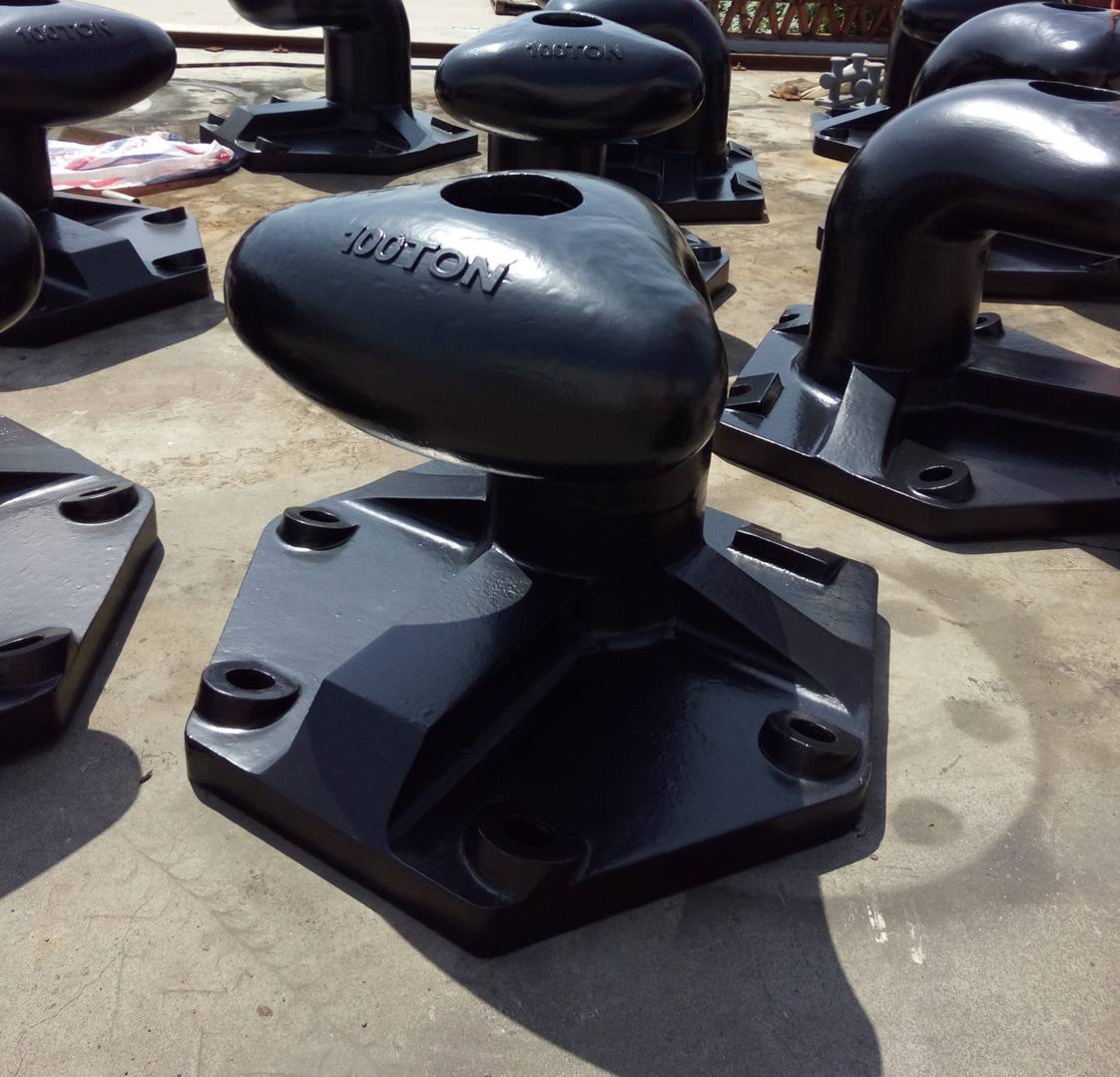
Asian T-Head bollards
This T-Head design offers a larger contact area, which helps distribute the force during vessel mooring, enhancing the stability and safety of the mooring process. The anchor bolts are installed at a 22° angle to the vertical, a design that potentially aids in better distributing and resisting lateral forces from the vessel, while simultaneously improving the overall stability and durability of the bollard.
Round T-Head bollards
SME can provide on-site safety testing. Load testingis important for assessing the load-bearing capacityand stability of bollards. lt simulates real-world loadconditions to check if they meet design and usagerequirements.
